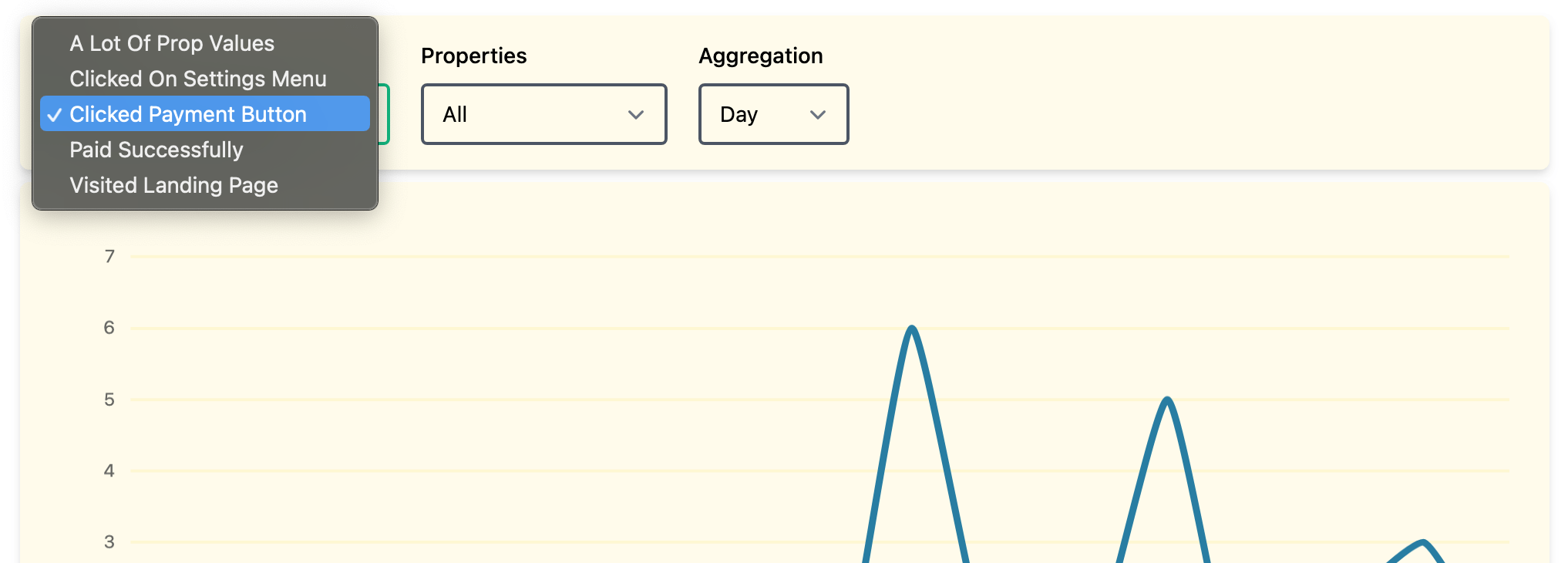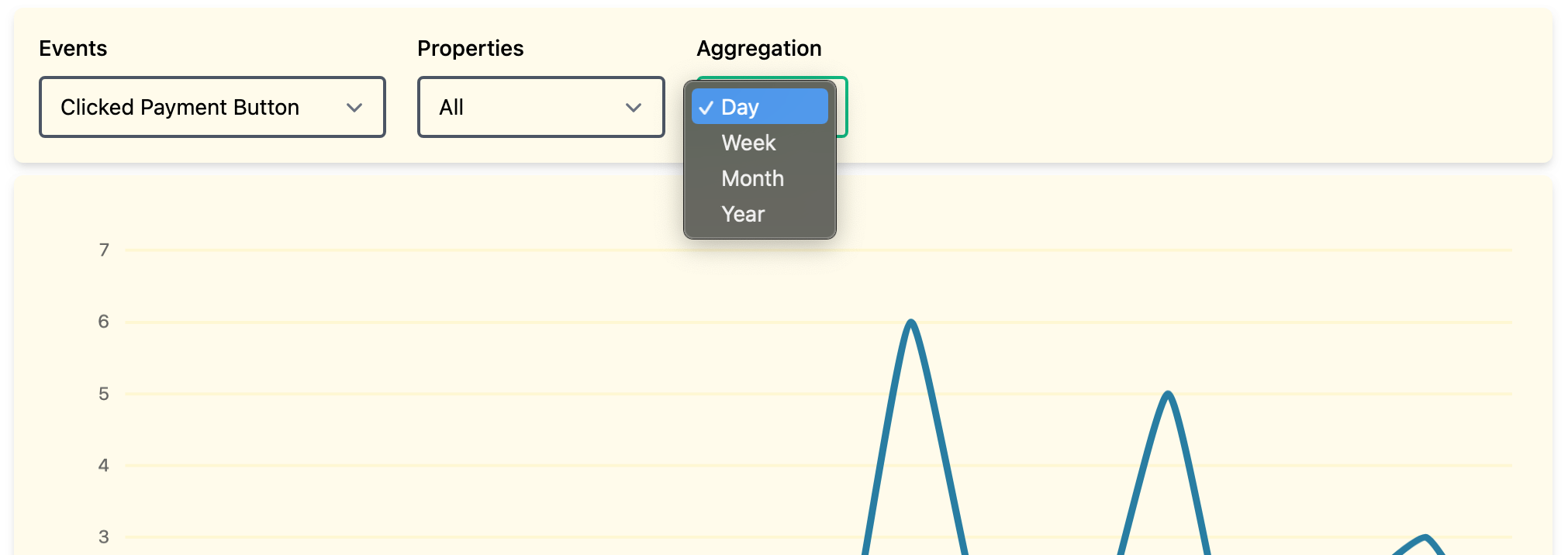Product analytics: free, simple and privacy-friendly
Fugu is free and simple to self-host. It helps you to better understand how users use your product, without invading their privacy.
Play around with the embedded project below 👇. It shows how an app like Basecamp could use Fugu.
Tell me more!
I've built Fugu because I was missing a simple product analytics tool that's affordable and has privacy baked in. Fugu is open-source and you can host it yourself very simply.
The focus on privacy-friendliness and simplicity translates to a few things: First, Fugu doesn't track unique users and personally identifiable information such as IP addresses (read more about this). Second, Fugu is made for people who don't need fancy product analytics tools but prefer a set of easy-to-use features over a complex user experience.
Getting started
Fugu is a simple Ruby on Rails app and includes configuration for Docker and Docker Compose to simplify self-hosting. You can run it wherever you want, from Heroku over Hetzner to your own bare metal machine. Read the Self-Hosting Guide for detailed instructions on how to get running with few steps.
How much does it cost?
Fugu is free and open-source. It's licensed under AGPL v3.
How does it work?
Fugu has an event-based tracking system. Every time you want to track an event, you call the Fugu API from your app. In your request, you need to provide an event name and can optionally provide event properties. Your request body could look like this:
{
"api_key": "very_secret",
"name": "Fun event",
"properties": {
"color": "Blue",
"type": "Oak"
}
}Once you've started tracking events, you can log in to your Fugu account and analyze your data. Read more about event tracking in the docs.
Features
Fugu focuses on simplicity and therefore provides a small set of features. We believe that these are enough for most use cases. Check out our roadmap to see what's coming.
Event tracking

This is the fundament of Fugu. All you need to do is send Fugu your events.
Property value breakdown

Events have optional properties that consist of keys and values that you can set almost arbitrarily. In Fugu, you can break down each property by its different values to better understand what's going on. For example, you might track a "platform" property for your "Clicked Payment Button" event. The "platform" property could have different values, such as "android" "ios", and "web". By breaking down your event by this property value, you will better understand where your payment button clicks are coming from.
Time aggregation

You can choose to display your events aggregated by day, week, month or year. This helps you to zoom in and out of your data to better grasp micro and macro trends.
Product analytics vs. web analytics?
Analytics can be confusing. We can differentiate between two kinds of analytics software: Product analytics and web analytics. Product analytics software like Fugu (or Mixpanel, Amplitude) is useful to better understand user behavior once your users start using your web or mobile app. Web analytics software (such as Plausible) is useful to understand user behavior on a website like this, a blog or ecommerce shop. Product analytics tracks events along with properties, based on which you can then break down data to analyze user behavior. Web analytics tracks page views with referrers, wich help you understand from which sources your visitors came and what pages they looked at.
This is a very simplified view of the differences. In reality, there is some overlap between the use cases of product and web analytics and sometimes they are used interchangeable (which I wouldn't recommend).
Why should I NOT use Fugu?
Fugu's focus on simplicity allows me to deliver a solid product with a reasonable time investment. However, this also means that we focus only on a small set of analytics features. I think these features cover most needs of indie hackers or smaller teams. You shouldn't use Fugu if you want features such as more complex reports, saving dashboards, integrations with other tools or enterprise features like SSO and access control.